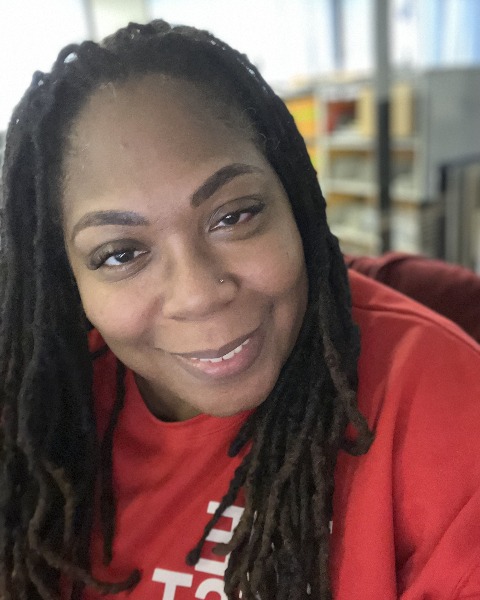Back
On Demand
The Intersection of Youth Suicide, Communities of Color and Prevention: Understanding the Connections (On Demand)
On Demand
Room: On Demand
CE: 1.25
75 minutes
Basic
All Professions
Basic
All Professions

Tanisha Knighton
Knighton Consulting Group, LLC
Primary Presenter(s)
Suicide is a public health issue that doesn’t discriminate. Suicide affects everyone, however, in communities of color, there has been an increase in youth dying by suicide, attempting suicide, and struggling with suicidal ideations. According to the CDC, suicide is the second leading cause of death amongst those aged 10-34. They also report that adolescents/younger adults and racial/ethnic minorities reported having experienced disproportionately worse mental health outcomes, increased substance use, and elevated suicidal ideation associated with COVID-19. Suicide is preventable and we all play a role in saving lives. Acknowledging that suicide impacts every demographic, we must also acknowledge that approaches to suicide prevention often do not. Prevention efforts need to respond better to the needs of communities of color to ensure their success. This workshop will explore how these overlapping themes connect and ways to reimagine what effective prevention should look like.
Learning Objectives:
- To increase knowledge of the suicidality of youth and its impact on communities of Color
- Challenge societal myths about victims of color and how it impacts our own response to suicidal thoughts, ideations, attempts and completions.
- To identify effective prevention strategies for various communities of color.
